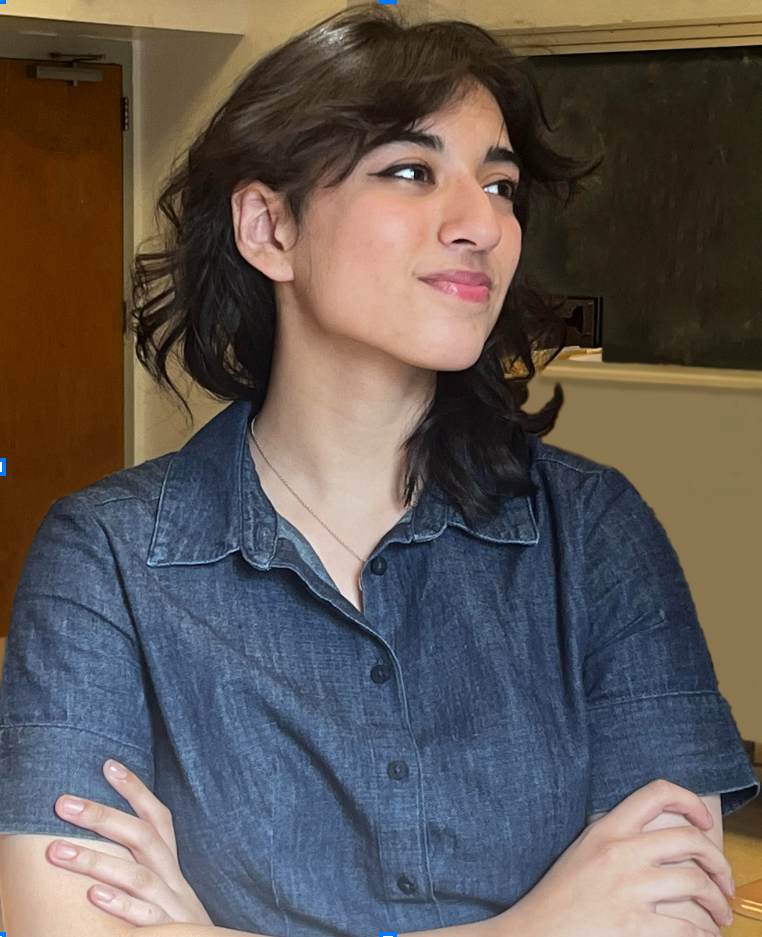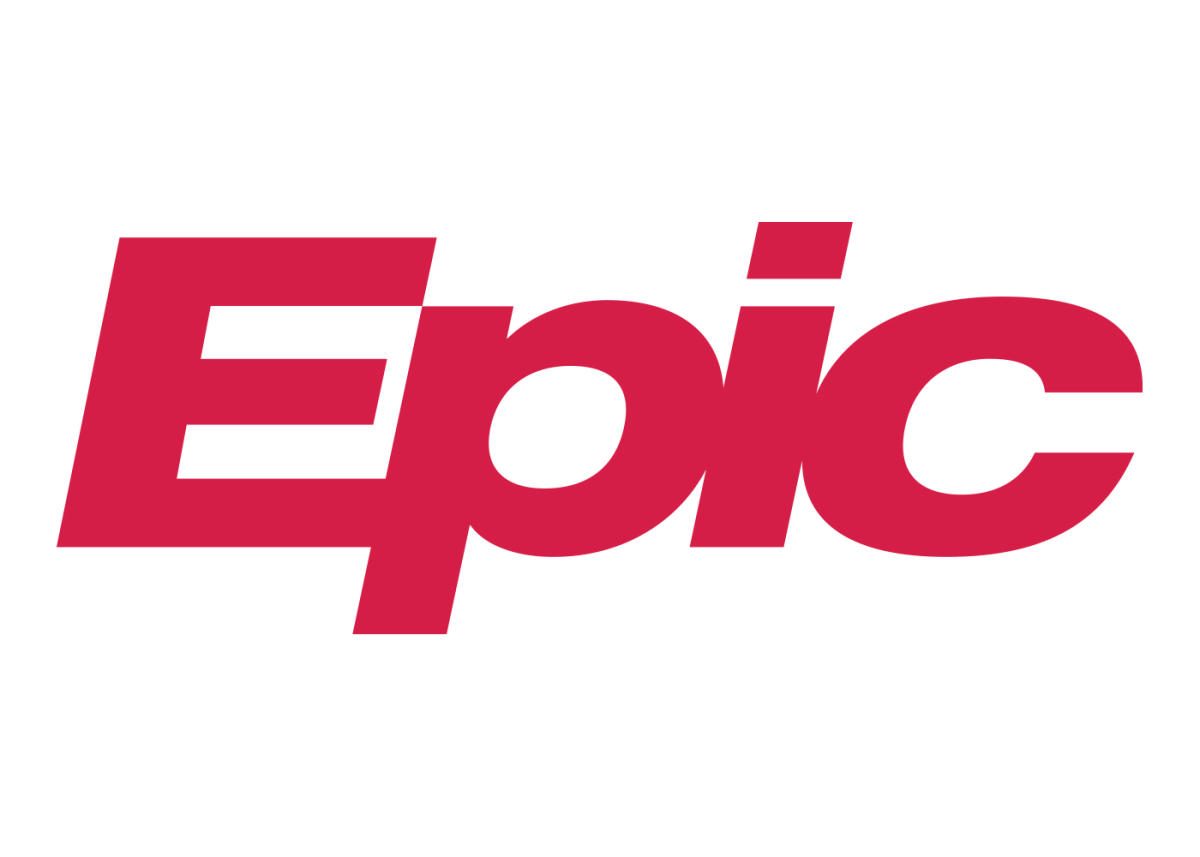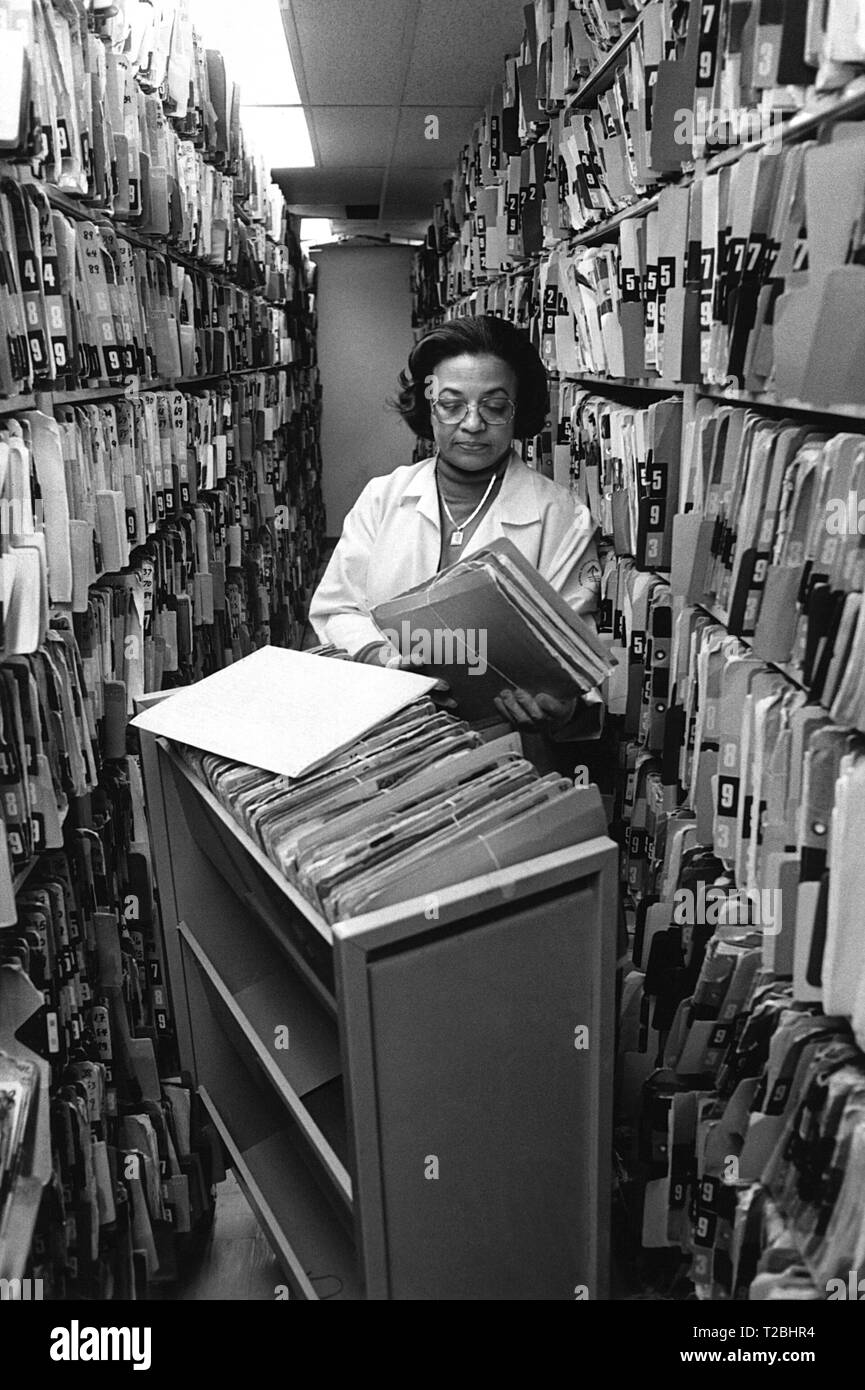.png)

✨ Hi! Welcome to my writing space and thank you for being here.
I'm Eshaal, an 18-year-old based in NYC who's interested in medicine, society/self, and interdisciplinary work on a global scale.. I'd love to hear your thoughts as well, so feel free to message me!

Table of Contents
📃 Intro: What is Patient Charting?
Think about how much paper it would take to transcribe your life into written form. Pages upon pages of experiences, preferences, and the fundamental factors of identity that have brought you to this current moment... Oh, the poor trees that would have to be chopped down!
This type of documentation is necessary in healthcare, however, for physicians to understand the fuller scope of patient health, along with which of many advancing treatments may be most suitable. On the flip side, information like allergies and religious restrictions help to decide what treatments are definitely not suitable. To provide the most accurate treatment possible, physicians share a collective responsibility to properly chart, or document, the relevant medical history of their patients. The digitalization of such records - including demographic information, past visits, and prescriptions - has enabled smooth information transfer between hospital systems, and has allowed medical teams to communicate their choices of care, creating more informed decisions in the future.
So, if you as a patient notice your healthcare providers diligently typing, do not be alarmed! This is part of the job and part of communicating your case.
This has also been helpful to retrospective clinical research wherein one can analyze past records to determine trends. I once assisted in a research project like this involving ED follow-ups in a pediatric ER, and it was quite formative to my understanding of patient charting language and systems!


It is now standard for members of a medical team to have access to a patient's (secure) information, with one of the most reputable systems in the world being EPIC. It is even becoming a means of communication with the introduction of HIPAA-compliant chats that only members of a patient's medical team can see.
However, along with this positive revolution has come a new responsibility for healthcare providers to keep up with...
🩺 The Dawn of Pajama Time
According to the American Medical Association, primary care physicians spend about 36 minutes logging electronic health records (EHR) for every 30 minutes they spend on actual patient visits. But I don't even need a statistic to know that EHRs are taking over their lives...
In every clinical space I have observed or volunteered for, there are always physicians and RNs at their workspaces electronically entering the details of their patient encounters. After seeing patients, physicians are immediately magnetized back to their workspace, upkeeping information a secure computer and creating plans of testing/care. To contextualize just how integrated this technology has become in the lifestyle of a healthcare provider, some medical programs have even introduced courses on acute care charting. Being able to type efficiently (and with proper abbreviations - why spend extra seconds on full sentences when everybody in the medical space understands that d/c = discontinue?) is now a necessary skill that pre-meds like myself are told about. Interns start out charting hoping that their notes will look as neat and efficient as their attendings' someday, with practice.
However, this is causing a new wave of burnout, with physicians having to update much more information than they can during work hours. In fact, the phenomenon of staying up late after hours to complete notes has earned a name: "pajama time." This consists of all the after-hour time spent on electronic health records, dealing with insurance companies, and other clerical tasks that could not be reasonably completed during the day. This is due to a myriad of reasons including time crunches, a high patient-to-staff ratio, and usability issues, especially in physicians who were not trained to type quickly.
The consequences for not being able to keep up are clear as well. On a baseline, not updating a chart can create miscommunication in patient care, especially in fast-paced emergency settings where information and test results are constantly changing. On another, there can be serious liability issues for the physician and their institution, with notes being cited in malpractice lawsuits and with burnout lending itself to greater human error. After all, as vulnerable as patients are, healthcare providers are human as well.
To quote an article by Forbes on the issue, "In very few industries does so much rely on so few."
Chart systems have been working to make charting more efficient through shortcuts and intuitive suggestions. Yet others propose solutions that can help physicians reclaim their time and reduce burnout.
🏥 Emerging Improvements
Thankfully, as healthcare has increasingly modernized to adopt technology, so has the amount of innovation by startups and apps. More research is being done to bring awareness to pajama time. So far, innovation exists in the form of:
And yet there is still a long way to go with balancing this amazing technology with the capabilities of healthcare professionals!
Takeaways
I wrote this article after gaining some clinical experience as a pre-medical student and realizing that the nature of healthcare is shifting. I walked in with a certain outdated view of medicine, but now see the many ways that clinical spaces are considering new perspectives that could make patient care more effective. At the end of the day, it is an industry, and all industries must innovate in the digital age.
The patient chart is fundamental to care outcomes. It is also a form of accountability by healthcare professionals. I hope that through sharing what I have seen and researched, other pre-health students can mentally update their conceptions of what a medical space looks like in 2025, and that those who aren't going into healthcare can perhaps consider how their own fields can be integrated to improving patient outcomes. AI, finance, geography - all disciplines are being increasingly accepted to build a more well-informed patient care model.
Finally, I hope to shed some light on the healthcare provider's perspective! The better informed patients are about how their information and physicians' responsibilities are shifting, the more transparent we can make these processes, and the more the system can benefit from mutual cooperation.
Also, I want to be transparent about an error I made in drafting this article: I realized halfway through writing that I was repeatedly saying "physician" as though it is interchangeable with "healthcare provider," showing me my own biases. In fact, healthcare teams are comprised of physicians, nurses, technicians, therapists, social workers, pharmacists, and many more, all of whom play a crucial part in patient care. In noticing my own bias and correcting to "healthcare provider" when necessary, I want to spread awareness/appreciation for all occupations in healthcare, which is also relevant to considering different perspectives and improving systems for everyone.
That's all for this one. Have a happy new year, everybody!
✨ Thank you again for reading! If you'd like to be notified the next time I update, feel free to fill out the form below :) Please note that this will be a manually updated mailing list, so you may see your confirmation email a few days after signing up.